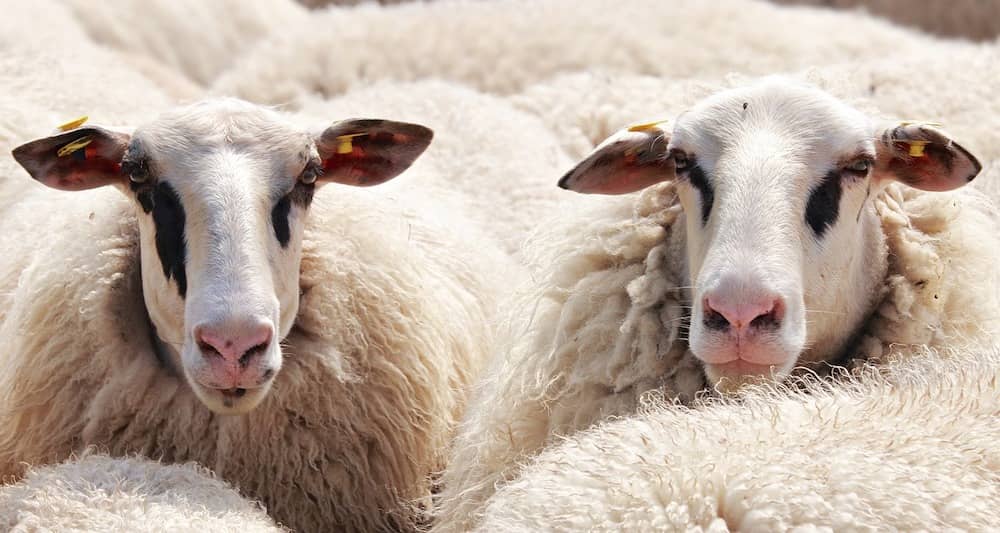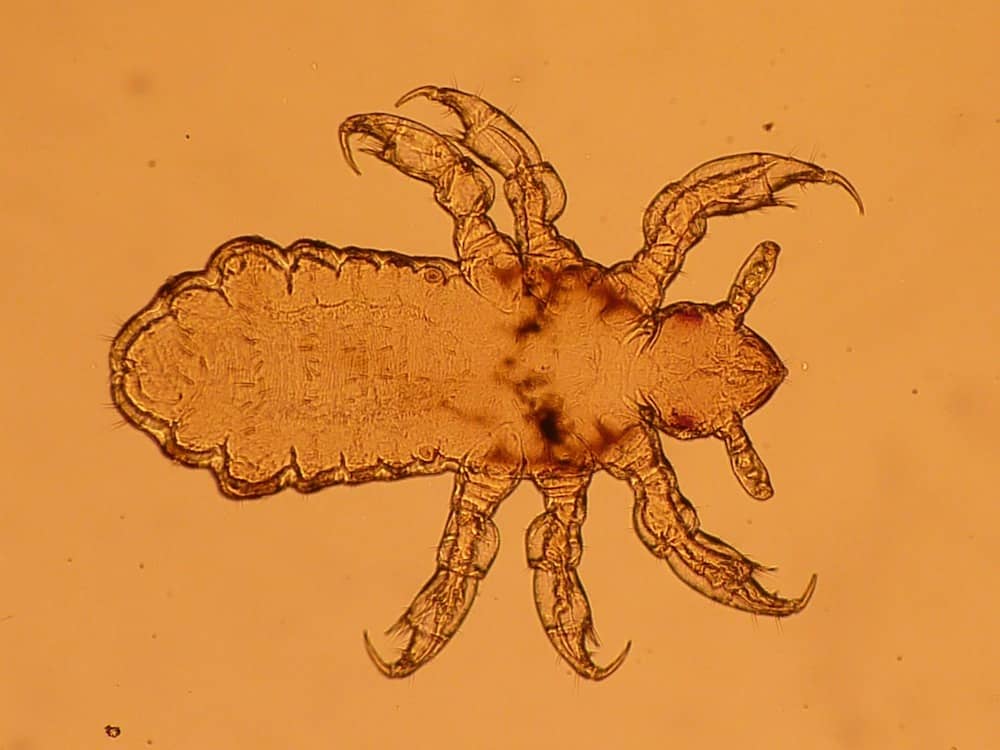Lice infestation in livestock and pets will harm the creature and further its health. In the worst case, it can lead to death if left untreated for a long time. Lice are tiny insects that feed off blood by attaching themselves to the hair follicles of animals.
They can be transferred from one animal to another via physical contact or shared bedding and grooming equipment. Let’s look at the different types of lice that can infest your livestock or pet and what you can do to treat them.
What are the Categories of Lice?
Several types of lice affect livestock. The most common type is the biting louse, which feeds on blood and causes irritation and discomfort. Sucking lice are also a problem for livestock, as they feed on the animal’s body fluids. This can lead to dehydration and anemia. Finally, there are chewing lice, which feed on dead skin and hair. Chewing lice can cause baldness, itchiness, and inflammation. All types of lice can be a nuisance for livestock, leading to weight loss and decreased productivity. As such, it is crucial to be aware of the different types of lice and how to prevent them from infesting your animals.
If you notice that your livestock or pet is infested with lice, it’s essential to seek treatment right away. Talk to your vet about the best course of action, which may involve targeting the lice directly using chemical treatments. When it comes to lice treatment for sheep, you need to be especially careful. These animals are more sensitive to chemicals, and the wrong treatment can do more harm than good. Look for professionals specializing in sheep lice treatment and follow their advice to keep your livestock or pet healthy and well.
Which Are the Common Chemical Treatments?
Several different chemical treatments can target lice in livestock and pets. Here are some of them.
Backline Chemicals
A backline is a chemical treatment applied directly to the back of animals. This medication penetrates through the hair follicle and targets lice crawling on the skin beneath. The treatment is unique because it can be used on newborn animals, particularly vulnerable to lice infestation.
The correct application of backline is crucial, so it’s best to consult a professional who can help you with the correct dosage and how often you should apply the treatment. Start by draughting sheep according to weight and dosing with the correct strength of the backline. In addition, you will need to follow up with head lice treatment using an insecticide spray or dip to treat infestations in your sheep’s ears and face area.
Pyrethroids
These insecticides contain synthetic forms of pyrethrin, a naturally occurring substance found in the chrysanthemum flower. Pyrethroids are generally safe to use on livestock and pets, but it’s essential to follow all instructions when treating with this kind of chemical. Whether you’re using pyrethroids for your livestock or pet, always be sure to consult a professional who can help you determine the best course of action. By working with a skilled vet, you can be sure your animal will get the treatment it needs to stay free from lice infestation and be healthy and happy.
Dips and Sprays
Most commonly used for body and sucking lice, dips and sprays are liquid chemicals applied directly to animals’ skin. These treatments need to be carefully administered to avoid any damage or irritation, so it’s essential to work with a trained professional.
Any chemical treatments should be followed up with thorough cleaning and grooming of your livestock or pet since these chemicals can have residual effects on animals if they are not thoroughly washed off afterward. You will also need to monitor your animal’s health carefully after treatment in case any adverse side effects occur.
Are There Preventative Ways to Deal with Lice?
It’s better and more cost-effective to prevent lice in the first place. Here are some tips on how you can do that:
Keep Livestock and Pets Clean
Maintaining a clean and healthy environment for animals is one of the best ways to keep them free from infestation. This means feeding them healthy and fresh food, ensuring they have clean water, and regularly grooming them.
Schedule Regular Visits to Your Vet
It’s also essential to keep up with regular visits to your vet. This can help you establish a relationship with an expert who knows your livestock or pets well, allowing them to follow their development and health closely, and take any necessary action if lice become problematic.
Avoid Overcrowding
 It’s also essential to keep your animals’ living spaces as clean and comfortable as possible. This means not overcrowding them and keeping their pens free of debris that could harbor lice or other pests.
It’s also essential to keep your animals’ living spaces as clean and comfortable as possible. This means not overcrowding them and keeping their pens free of debris that could harbor lice or other pests.
Lice are small problems that can be big if left untreated for too long. Whether it’s livestock or infested pets, these creatures need the care and attention of a skilled veterinarian to ensure they stay healthy and happy.

